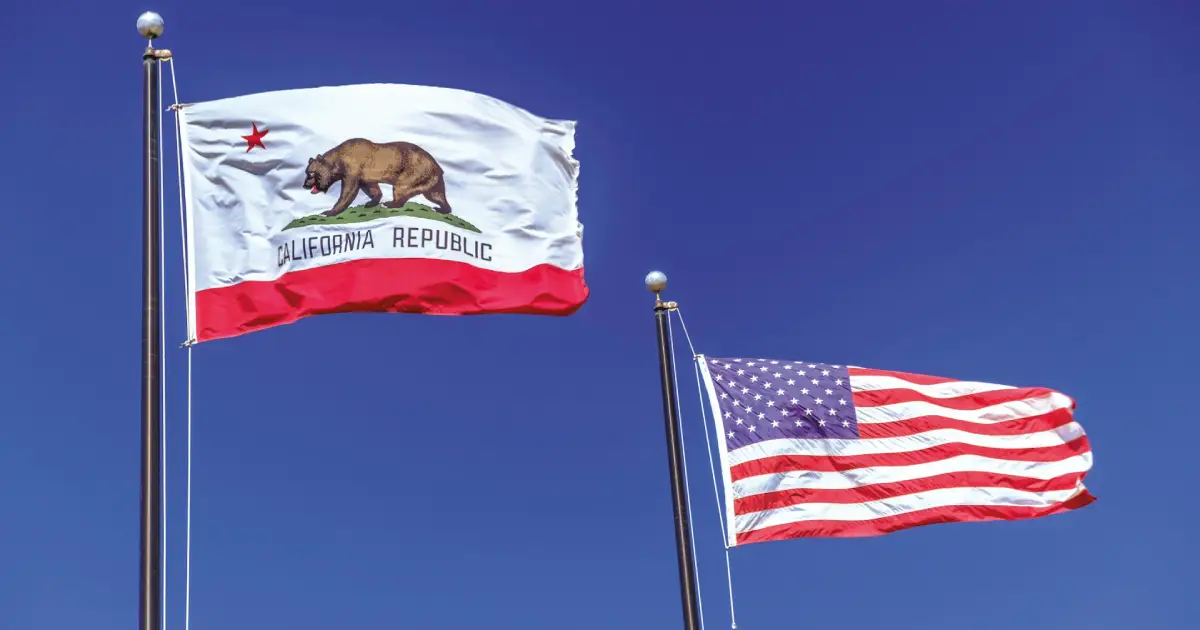What is Californian roulette?
In California, the use of dice or a ball in a wheel to determine the outcome of a game of chance is prohibited. This legal constraint has prompted gambling establishments to invent alternatives to offer roulette fans a similar experience, while remaining within the limits of the regulations.
Legal context
California law prohibits casinos from using a traditional roulette wheel (i.e. a spinning wheel with a ball) or even relying on elements of chance such as dice to determine the outcome of a bet.
This ban essentially applies to games of pure chance. However, card games, or games where chance is modified by an intermediary other than the wheel or dice mechanism, may be authorised under certain conditions.
It is within this legal framework that Californian roulette was born, as an adaptation that circumvents the ban while providing an experience close to that of American roulette.
Rules and operation
California roulette replaces the traditional spinning wheel and ball with a deck of numbered cards, reproducing the possible outcomes of a roulette wheel. The cards include 1 to 36, as well as 0 and 00 (in versions inspired by American double-zero roulette). This allows casinos to simulate roulette without using prohibited elements.
Concrete examples
In the San Diego area, several casinos use a pack of cards to simulate the results: some use a 38-card deck and determine the result according to the card drawn, or a combination of cards drawn.
The Barona casino has its own technique. It uses a single-zero roulette wheel and a pack of 37 cards numbered from 0 to 36, divided into three groups (1-12, 13-24, 25-36). The group to which the number drawn belongs determines which card is turned over to settle the bets.
Other establishments like Pala have more complex variations, with four colour regions, a wheel, and a 38-card deck (including 0 and 00). The result depends on the colour in which the ball lands, and then on a card drawn in the corresponding region.
In some other casinos, a wheel of fortune is filled with 38 cards arranged horizontally. It spins and the croupier draws the card below the flap to determine the result.
Implications for the player
While Californian roulette is very similar to American roulette, the fact that it uses cards instead of a wheel changes a few psychological aspects. There is no physical movement of the wheel, no visible ball rolling, which can give a different impression of the game – less spectacle, perhaps, but the randomness remains.
There is no “special strategy” for California roulette that is different from classic roulette. Methods such as martingale, the Fibonacci sequence, etc., can be applied in the same way, but they do not neutralise the house advantage.
A compromise solution between law and passion
Californian roulette appears to be a fascinating example of imaginative regulatory compliance: it allows roulette enthusiasts to play even though traditional elements are banned.
The game retains the essentials: the types of bets, the colours, the probabilities similar to American roulette, while doing away with what the law prohibits. But this removal does not come without a cost: in visibility, in atmosphere, and sometimes in advantage for the player, depending on the variant.


